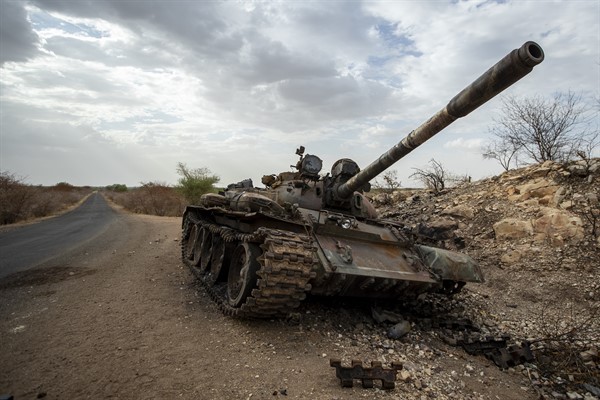Millions of people in Ethiopia’s war-torn Tigray region are currently at risk of famine, a situation brought on by the government’s invasion of the region last fall after a long-running political dispute, as well as an unofficial blockade imposed on Tigray since June by federal troops, allied Eritrean forces and ethnic militias. Throughout the conflict, reports of unspeakable atrocities have been a near-daily occurrence, and the warring parties appear more resolved than ever to seek victory on the battlefield.
With no end in sight to the fighting, it’s time for the U.S. to accept that its efforts to coax the belligerents into a mediated cease-fire have not worked. Even after 10 months of shuttle diplomacy and dozens of high-level interventions from Washington, more people are dead, more civilians are starving and Ethiopia is closer to imploding than at any time in its history. What started out as a civil conflict between the national government and the ruling party of Tigray, the Tigray People’s Liberation Front or TPLF, has now unleashed violence in eight of the country’s 10 ethnic regions, displacing hundreds of thousands of people and aggravating old social fault lines.
In fairness to President Joe Biden’s administration, its efforts have not been half-hearted. The White House has doubled down on diplomatic engagement by appointing veteran diplomat Jeffrey Feltman as the first-ever special envoy to the region, while also dispatching Cabinet secretaries, cajoling a reluctant U.N. Security Council to speak up, and corralling like-minded allies to keep the up the diplomatic pressure.

